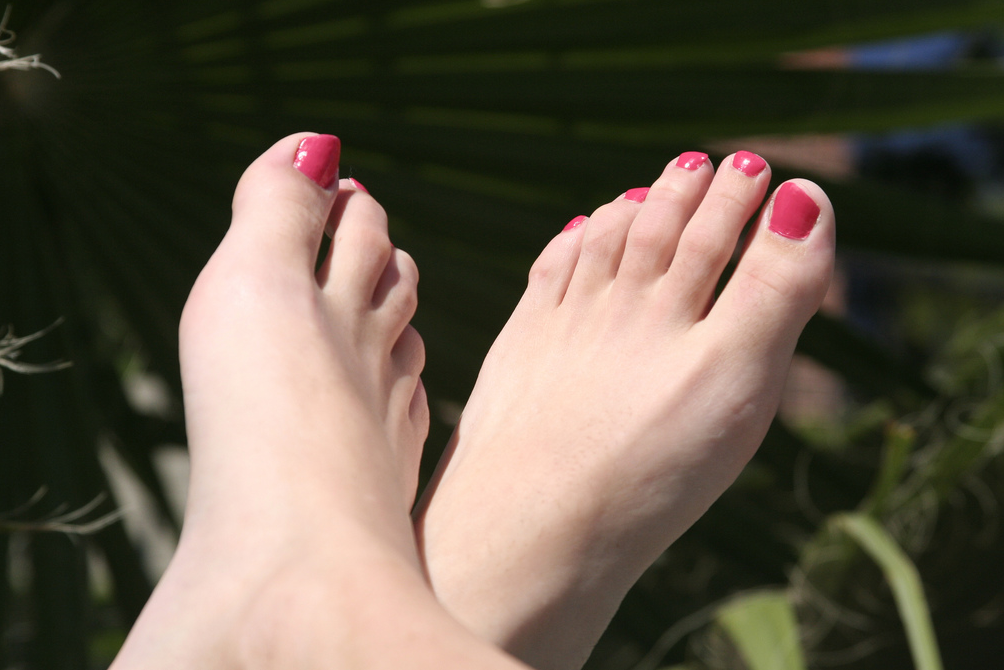
Tinea pedis is an infection of the skin by fungi called dermatophytes, which can set up shop on your feet and toes. Perhaps you have heard of this fairly common condition by its popular name: athlete’s foot. Just like Tennis Elbow doesn’t only plague tennis players, and Runner’s Knee isn’t a condition exclusive to those that run, athlete’s foot is not a fungus that preys only on athletes. In fact, dermatophytes exist to happily consume anyone’s keratin, which is a protein that is present in skin, hair, and nails.
What’s In A Name?
Athlete’s foot got its common name based on its prevalence in the population of people who engage in sports and physical fitness. It is also known, albeit less commonly, as “jungle rot” among members of the armed forces who serve in damp tropical climates. However, dermatophytes thrive in any humid environment and live up to a year on either skin or surfaces. Any person can pick up this fungus at the pool, a public shower (such as at the gym, a college dorm, or a campground), through sharing a towel or shoes with an infected person, or by direct contact with someone infected or carrying the fungus. Unwittingly, once the dermatophytes infect your feet, you can then bring it home to share with other household members.
Symptoms
The skin on infected feet initially appears dry and flaky, eventually beginning to burn, itch, and peel. Untreated skin may become cracked and sore, especially between the toes, and it may bleed. This can lead to a secondary bacterial infection, which absolutely requires medical treatment.
Prevention and Treatment
Wear sandals or flip-flops when showering, near the pool, or in other damp areas to prevent a fungal infection. Dry between your toes after swimming or bathing. Wear shoes or sandals that allow your feet to breathe, and when indoors, wear socks without shoes. As an added precaution, you can use an antifungal powder on your feet. Keeping toenails short is also essential to prevention.
If you end up with an infection, beginning home care early is very effective. Many over-the-counter, anti-fungal sprays and creams are available to kill the fungus. Terbinafine cream is the best over-the-counter cream to use. While battling the active infection:
– Keep feet dry
– Avoid closed-in shoes
– Practice good hygiene, cleaning feet at least twice a day
If the infection does not clear after a week, or it gets worse, it is time to seek medical help. Sometimes athlete’s foot can become a chronic infection. If this happens, underlying causes or medical conditions may need to be diagnosed or treated.
Thanks to Amy the Nurse for the image used in this post https://flic.kr/p/4FZkjA.
